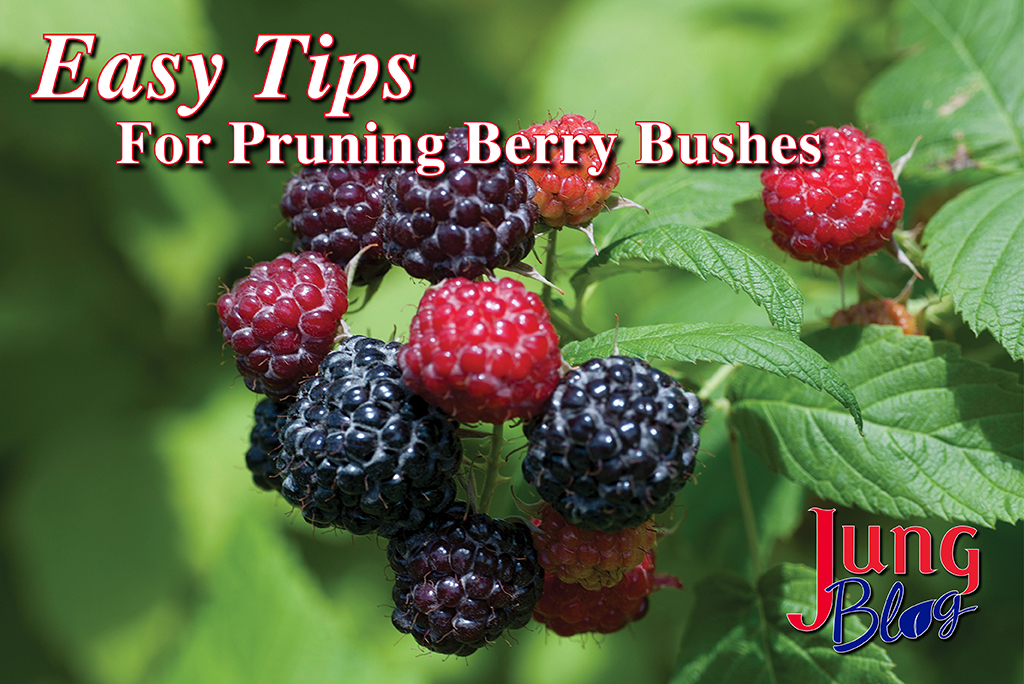
Updated: February 6, 2025
It’s hard to beat the taste and quality of homegrown fruit. In recent years, more gardeners have been growing their fruit to reap the reward of harvesting their food. Small berries have many benefits and can be grown in sites with limited space. Whether you’re growing fruit or considering it in the future, pruning is vital for a successful harvest.
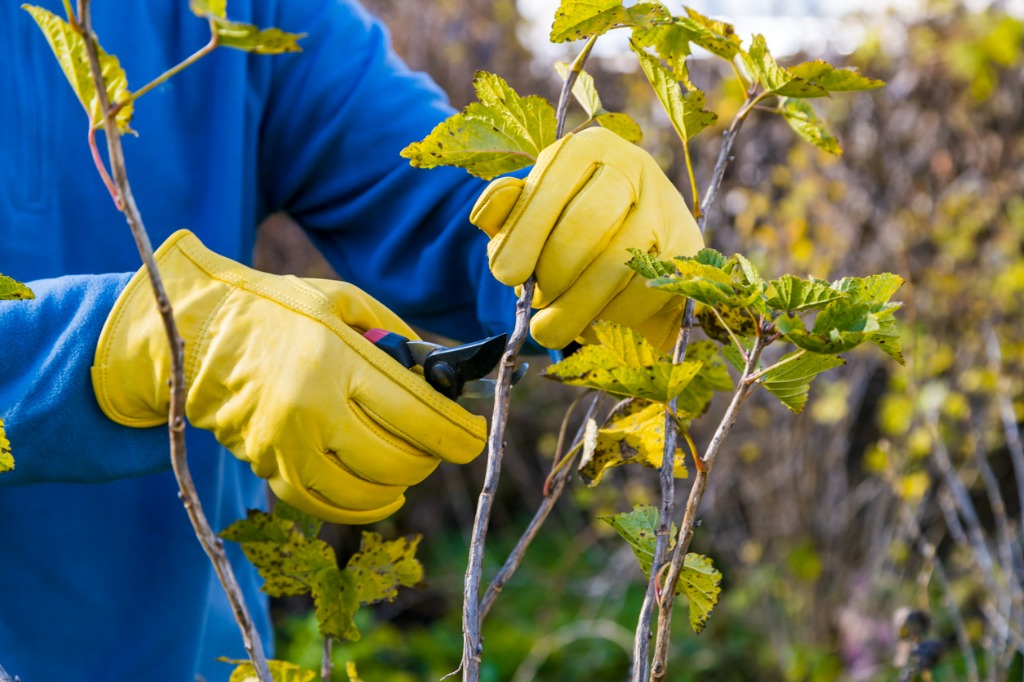
Why Should I Prune Berry Bushes?
Pruning takes practice, but this annual habit will increase production on your plants each year. Your plants may produce fruit without pruning, but they will make less over time as their energy is used for growing leaves on old canes. Many types of fruit will prioritize growing leaves or fruit, resulting in inconsistent yields. Our goal is to balance the energy used for fruit and leaves, which will give us a good harvest year after year.
Pruning increases vigor by stimulating new growth. As we make pruning cuts, a hormone called auxin moves down the branch to the fresh cut, stimulating further branching.
Another pruning benefit is the fruit quality. Unpruned plants often produce much small fruit, but annual pruning creates large fruit better suited for eating.
As winter ends, the fruit bushes may have damaged or dead branches. The dead plant tissue can encourage pest or disease problems. Pruning lets you remove dead or unhealthy branches while thinning out weak branches. You can also remove crossing branches to improve sunlight and airflow to the plant.
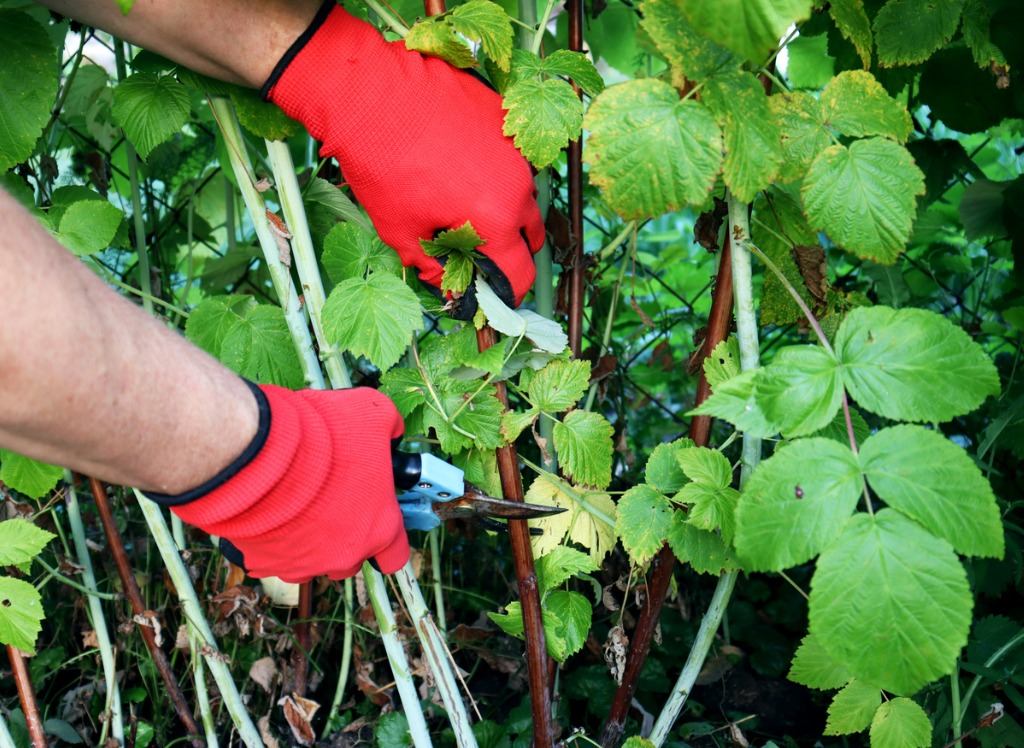
Pruning Raspberries
You can place Raspberries in two categories: Summer-bearing and Fall-bearing. A trellis or other support is recommended for growing this fruit.
Summer-Bearing Raspberries
Summer-bearing Raspberries contain two different cane types, floricanes, and primocanes. Primocanes are the new growth produced in the current season, while floricanes form from the previous season. Floricanes produce flowers and fruit, while primocanes produce only leaves. Fruit is only produced on second-year growth (Floricanes). As the name suggests, Summer-Bearing Raspberries ripen in summer, usually in July.
To Prune Summer-Bearing Raspberries
- Cut down all fruiting canes in the fall, as they will die shortly. Doing so helps reduce disease potential.
- Primocanes can be thinned to 4 or 5 strong canes per foot.
- In late winter or early spring, remove up to 25% of each primocane off the top.
Fall-Bearing Raspberries
Fall-Bearing Raspberries produce fruit on the current season’s growth (Primocanes). In other words, you’ll have fruit the first year after planting. Fall-Bearing Raspberry plants are often called “everbearing” because they can produce a small summer crop and a more significant fall crop.
How To Prune Fall-Bearing Raspberries
- Pruning steps will depend on your harvest desires. If you only want a fall crop, cut off all the canes to the ground in late winter or early spring.
- To obtain a summer and fall crop, prune in the same manner as Summer-Bearing Raspberry plants. However, you should keep the primocanes that produced the fall crop. Instead, prune off the upper 25% of each cane in spring.
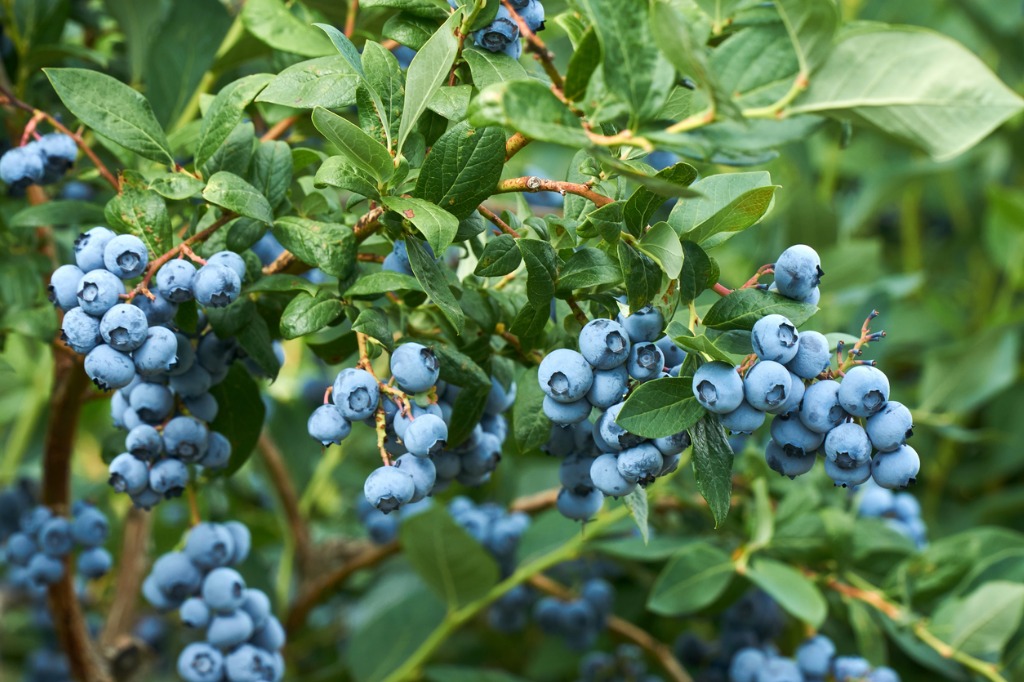
Pruning Blueberries
Blueberries require pruning to prevent overgrown plants that produce inferior fruit. Typically, the best fruit comes from newer canes (2 to 4 years old) toward the upper part of the bush. Training younger plants will make it easier for them to produce heavily as they mature.
A critical part of Blueberry pruning involves removing older canes to make way for younger, more vigorous growth. It’s also good to remember good fruit is produced on upright canes. Here are the steps required for pruning Blueberries.
- Before pruning, observe the bush and visualize how it should look after pruning.
- Identify the most vigorous canes and leave them on the plant.
- Remove any broken, dead, or diseased canes.
- If your plants are mature, remove canes over seven years old.
- Remove any weak or twiggy stems, even if they have flower buds.
Do you have overgrown Blueberry bushes? Overgrowth isn’t fun to correct, but you can rejuvenate the plants to improve future production. This process involves removing the oldest canes to allow sun and air to flow into the plant’s center. Like any pruning, have a goal for the result and the plant’s appearance. The plant’s base should be thicker than the upper parts of the plant. Depending on the severity of overgrowth, it may take a couple of seasons for the plant to produce heavily. Balancing old and young canes will keep the bush producing each year.
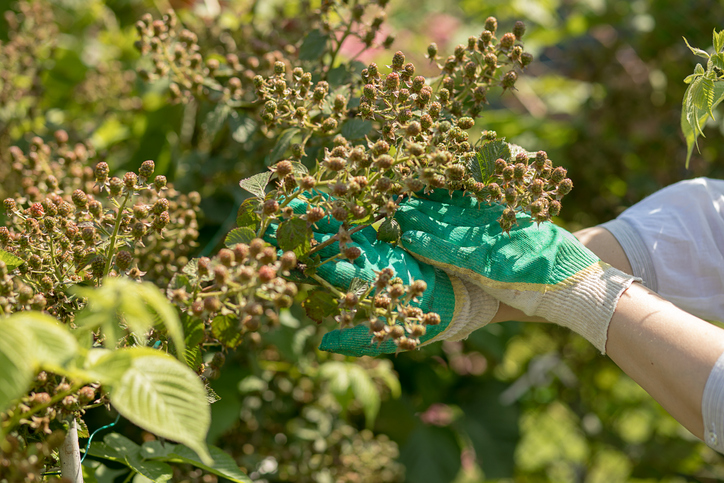
Pruning Blackberries
Blackberries are less hardy than blueberries and raspberries, but several varieties can thrive in zone 5 and even in zone 4. Like raspberries, they should be grown with support.
Blackberries can be summer-bearing or primocane-bearing, and each type is pruned differently.
How To Prune Summer-Bearing Blackberries
- In early spring, remove any disease or damaged canes. You should remove any crowded canes, leaving 4-6 healthy canes on each plant.
- Side branches can be cut back to 12-15 inches. Doing so will encourage larger fruit.
- Allow the canes to reach 36 inches in summer, then pinch the tops to encourage branching. This produces larger, better-quality fruit.
- When the harvest is complete, destroy the old fruiting canes.
How To Prune Primocane-Bearing Blackberries
Pruning this type of Blackberry is simple. Cut down all the canes to the ground in late winter or early spring. No other pruning is required.
Pruning is one part of growing a successful harvest. However, pruning impacts many aspects of a plant’s health. In addition to pruning, it’s essential to understand the variety you’re growing and ensure your soil is suitable for growing fruit.

If you’re growing fruit for the first time, consider starting with just a few plants, and add to your berry patch as you gain experience. As the snow melts, consider how you can maximize the harvest on your bushes. In general, fruit production takes more work than growing ornamental plants. Still, with proper care, you’ll be rewarded with delicious homegrown fruit.
Other Recommended Reading
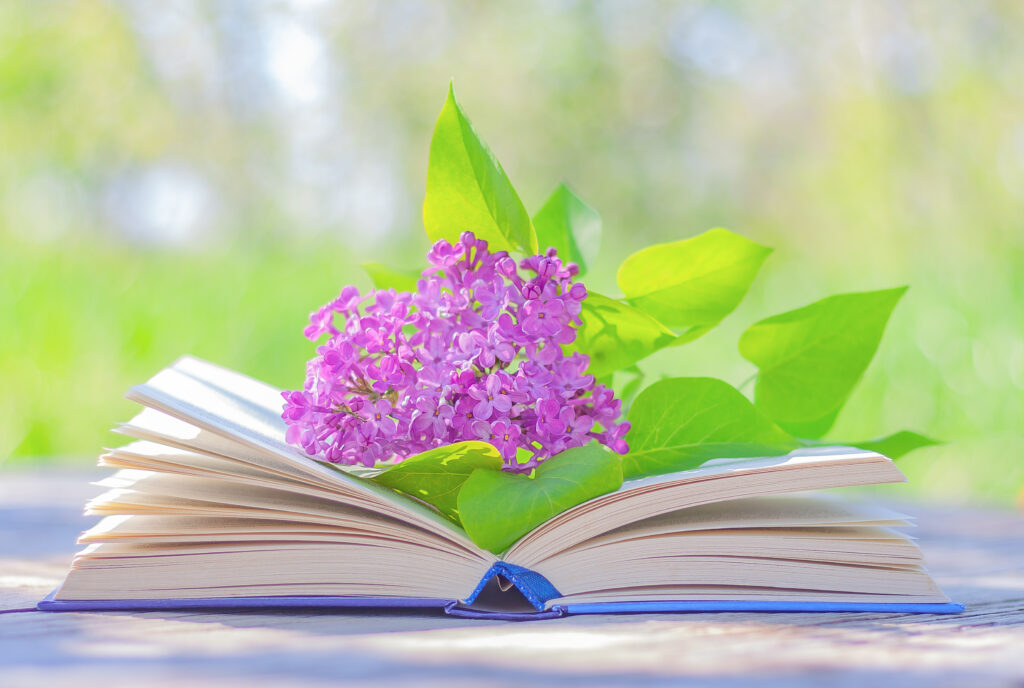
- 8 Useful Tools For Your Garden
- Small Berries & Tips On Growing Them
- Why Won’t Fruit Grow on My Trees?
- Tree Pruning Techniques & Best Practices
- Strawberry Growing Guide
- An Easy Guide To Fertilizing Blueberry Plants
- Honeyberry: The Edible Blue Honeysuckle

At Jung Seed Co, we strive to be your go-to guide for all your gardening needs. Our YouTube channel The Garden Doctor by Dick Zondag is where he provides gardening tips for all levels of gardeners. When you need reliable gardening advice, turn to the trusted experts at Jung.
View our new catalog online or browse our website for your gardening favorites. To receive info on new products, exclusive deals, and specials, be sure to sign up for our weekly email. Join our Facebook page, to discuss all things gardening!
About the Author: Matthew Olson is a professional horticulturist and garden writer. He has a bachelor’s degree in horticulture from UW-River Falls and is a certified professional with the Minnesota Nursery and Landscape Association. His enthusiasm for plants and the outdoors brought him to the green industry. He regularly writes articles about gardening for both gardeners and industry professionals. He can be reached at matt@mattolsonhorticulture.com.